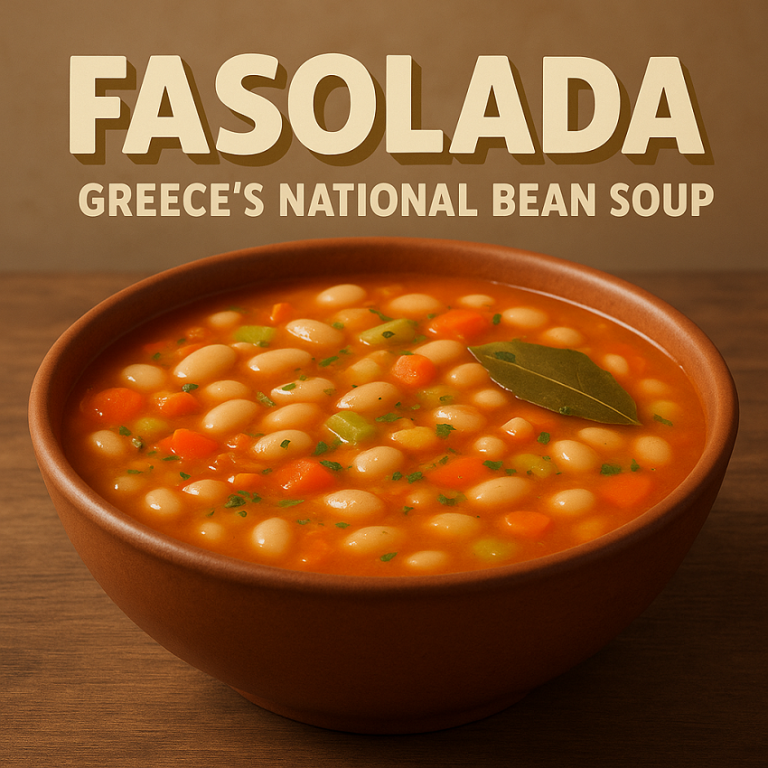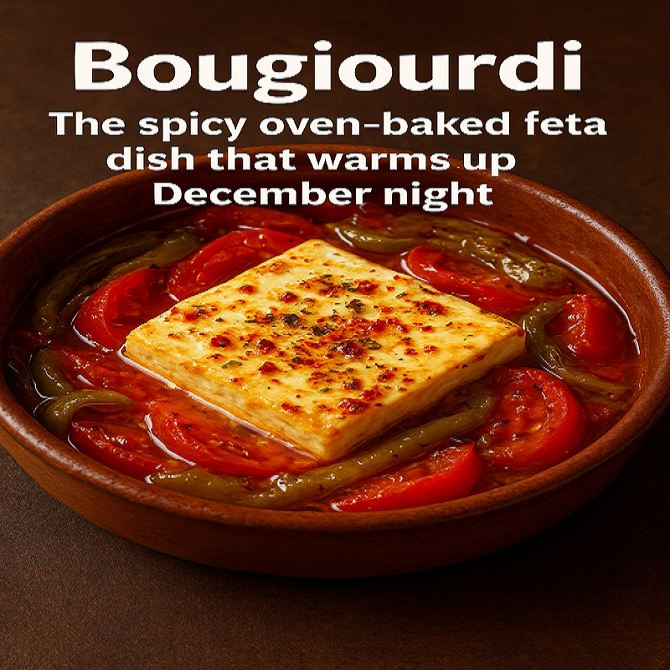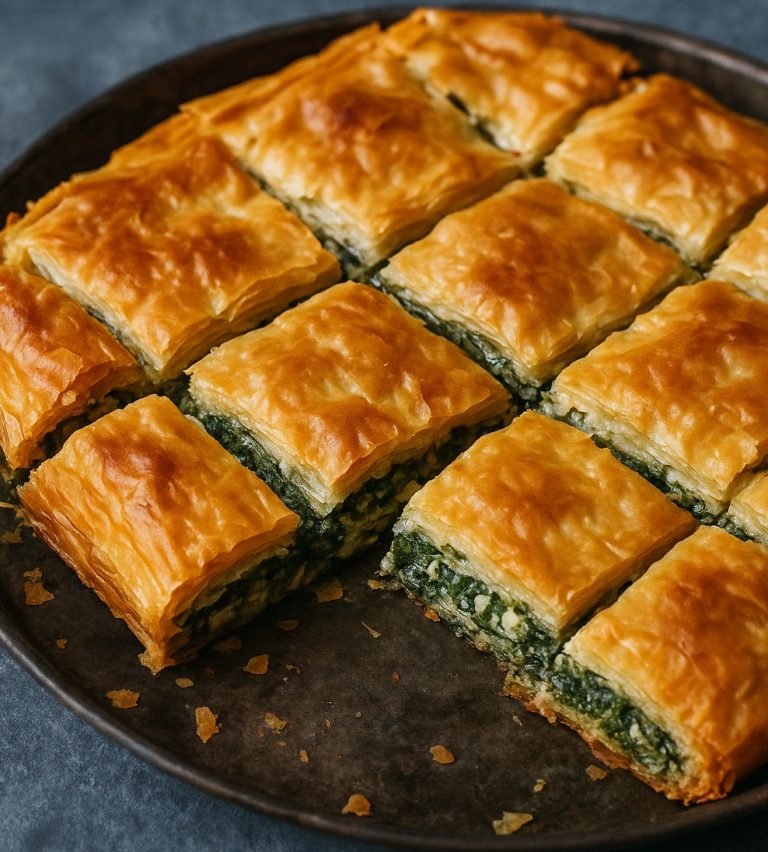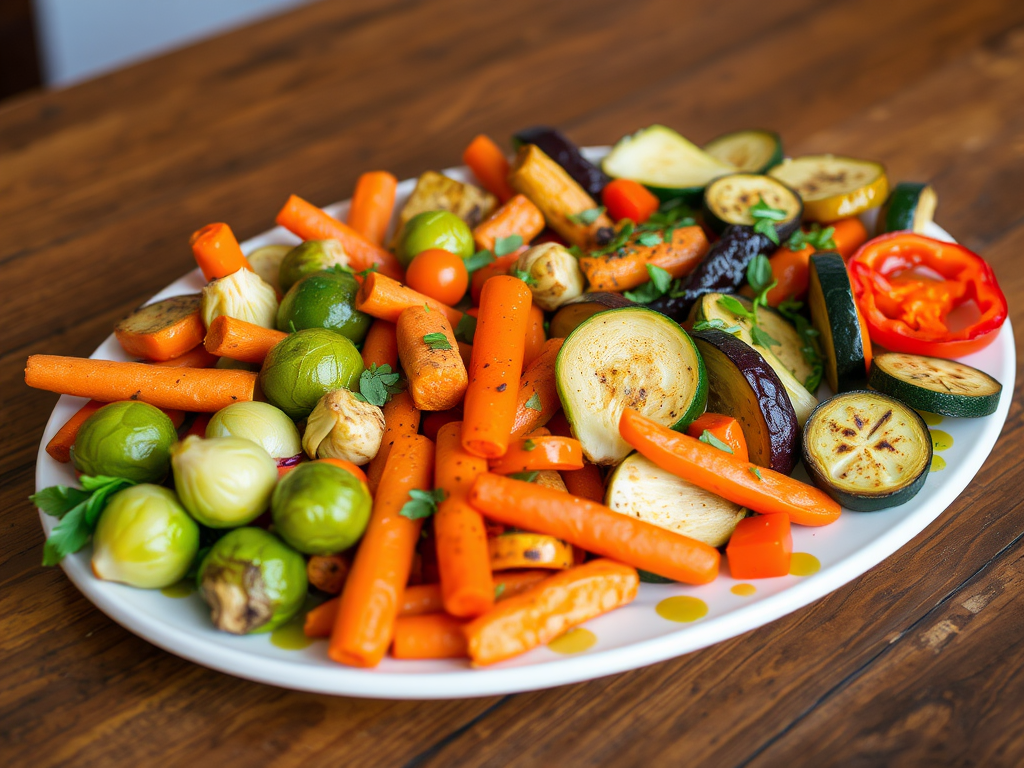
Roasted vegetable platters are a vibrant and healthy addition to any meal. Not only do they provide a burst of color to your table, but they also offer a plethora of nutrients and flavors that can satisfy even the pickiest eaters. Whether served as an appetizer, side dish, or light main course, a well-crafted roasted vegetable platter can elevate your dining experience. Let’s explore how to create the ultimate roasted vegetable platter, complete with preparation tips, seasoning ideas, and serving suggestions.
Choosing Your Vegetables
The first step in crafting a beautiful roasted vegetable platter is selecting the right vegetables. The options are endless, and you can tailor your choices based on the season, personal preferences, and dietary restrictions. Here are some popular vegetables to consider:
Root Vegetables
- Carrots: Sweet and crunchy, they caramelize beautifully when roasted.
- Parsnips: Their earthy sweetness complements other vegetables well.
- Sweet Potatoes: Creamy and slightly sweet, they add a lovely color.
- Beets: Earthy and vibrant, they can be roasted whole and sliced.
Cruciferous Vegetables
- Broccoli: The florets become crispy and delicious, while the stems add crunch.
- Cauliflower: A versatile vegetable that absorbs flavors well and can be seasoned in various ways.
- Brussels Sprouts: These mini cabbages develop a rich, nutty flavor when roasted.
Nightshades
- Bell Peppers: Available in various colors, they add sweetness and crunch.
- Zucchini: Softens nicely, offering a tender texture.
- Eggplant: Absorbs flavors and adds a unique taste and texture.
Alliums
- Onions: Sweet and caramelized, they enhance the overall flavor.
- Garlic: Roasted garlic becomes soft and buttery, perfect for spreading.
Preparation Steps
1. Preheat the Oven
Before you start preparing your vegetables, preheat your oven to 425°F (220°C). A hot oven is essential for achieving that perfect caramelization and crispy texture.
2. Wash and Cut
Thoroughly wash all your chosen vegetables. Cut them into uniform sizes—about 1-inch pieces for root vegetables and thinner slices for softer vegetables. This ensures even cooking and prevents some pieces from being undercooked while others are overdone.
3. Seasoning
In a large mixing bowl, toss the vegetables with a generous drizzle of olive oil. This not only helps with roasting but also adds a rich flavor. Season with salt and pepper to taste. For added depth, consider incorporating herbs and spices such as:
- Herbs de Provence: A fragrant blend that complements most vegetables.
- Thyme or Rosemary: Fresh or dried, these herbs add an aromatic touch.
- Paprika: For a hint of smokiness, especially good with root vegetables.
- Cumin or Coriander: For a warm, earthy flavor profile.
4. Arrange on a Baking Sheet
Spread the seasoned vegetables in a single layer on a baking sheet lined with parchment paper. Make sure not to overcrowd the pan; this allows the vegetables to roast rather than steam, ensuring a crispy finish.
Roasting Process
Place the baking sheet in the preheated oven and roast the vegetables for 25-35 minutes. Halfway through, take them out and flip the vegetables with a spatula to promote even browning. Keep an eye on them, as cooking times may vary based on the type and size of the vegetables. They should be tender when pierced with a fork and have a beautiful golden-brown color.
Flavor Enhancements
Roasted vegetables can be delicious on their own, but you can take them to the next level with a few enhancements:
1. Glazes and Marinades
Consider tossing the vegetables in a balsamic glaze or a simple mixture of honey and mustard before roasting. This adds an additional layer of flavor and sweetness.
2. Cheese
Sprinkling crumbled feta, goat cheese, or grated Parmesan over the vegetables during the last few minutes of roasting can add a creamy texture and a savory kick.
3. Nuts and Seeds
To add crunch and nutritional value, sprinkle toasted pine nuts, almonds, or pumpkin seeds over the finished platter.
4. Fresh Herbs
After roasting, garnish the platter with freshly chopped herbs like parsley, cilantro, or basil for a burst of freshness.
Serving Suggestions
Once your vegetables are perfectly roasted, let them cool slightly before transferring them to a serving platter. Here are some ideas to make your platter even more enticing:
- Dips: Serve with a variety of dips such as hummus, tzatziki, or a creamy ranch dressing. These can enhance the flavors and provide a fun interactive element to your platter.
- Accompaniments: Include a selection of whole grain breads, pita chips, or crackers for added texture and flavor.
- Charcuterie Elements: Pair your roasted vegetables with cured meats, olives, or pickled vegetables for a more robust appetizer spread.
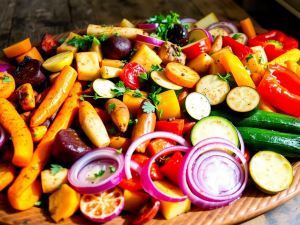
Pairing Options
Roasted vegetable platters are incredibly versatile and can complement a wide range of dishes. Consider serving them alongside:
- Grilled Meats or Fish: The smoky flavors from the grill will pair wonderfully with the roasted vegetables.
- Grain Salads: Quinoa or couscous salads can provide a wholesome, filling accompaniment.
- Pasta Dishes: A light pasta with olive oil and garlic would harmonize beautifully with the roasted flavors.
Nutritional Benefits
Roasted vegetables are not only delicious but also packed with nutrients. They are high in vitamins, minerals, and antioxidants, which contribute to overall health. Eating a variety of colorful vegetables can help support your immune system, improve digestion, and promote healthy skin. Plus, roasting enhances the natural sweetness of the vegetables, making them more appealing to children and adults alike.
Conclusion
A roasted vegetable platter is a delightful way to showcase the flavors and colors of seasonal produce. By selecting a variety of vegetables and experimenting with different seasonings, you can create a visually stunning and delicious dish that complements any meal. Perfect for gatherings, celebrations, or a cozy family dinner, this platter is sure to be a hit. Enjoy the process of roasting and the satisfaction of sharing healthy, flavorful food with loved ones
